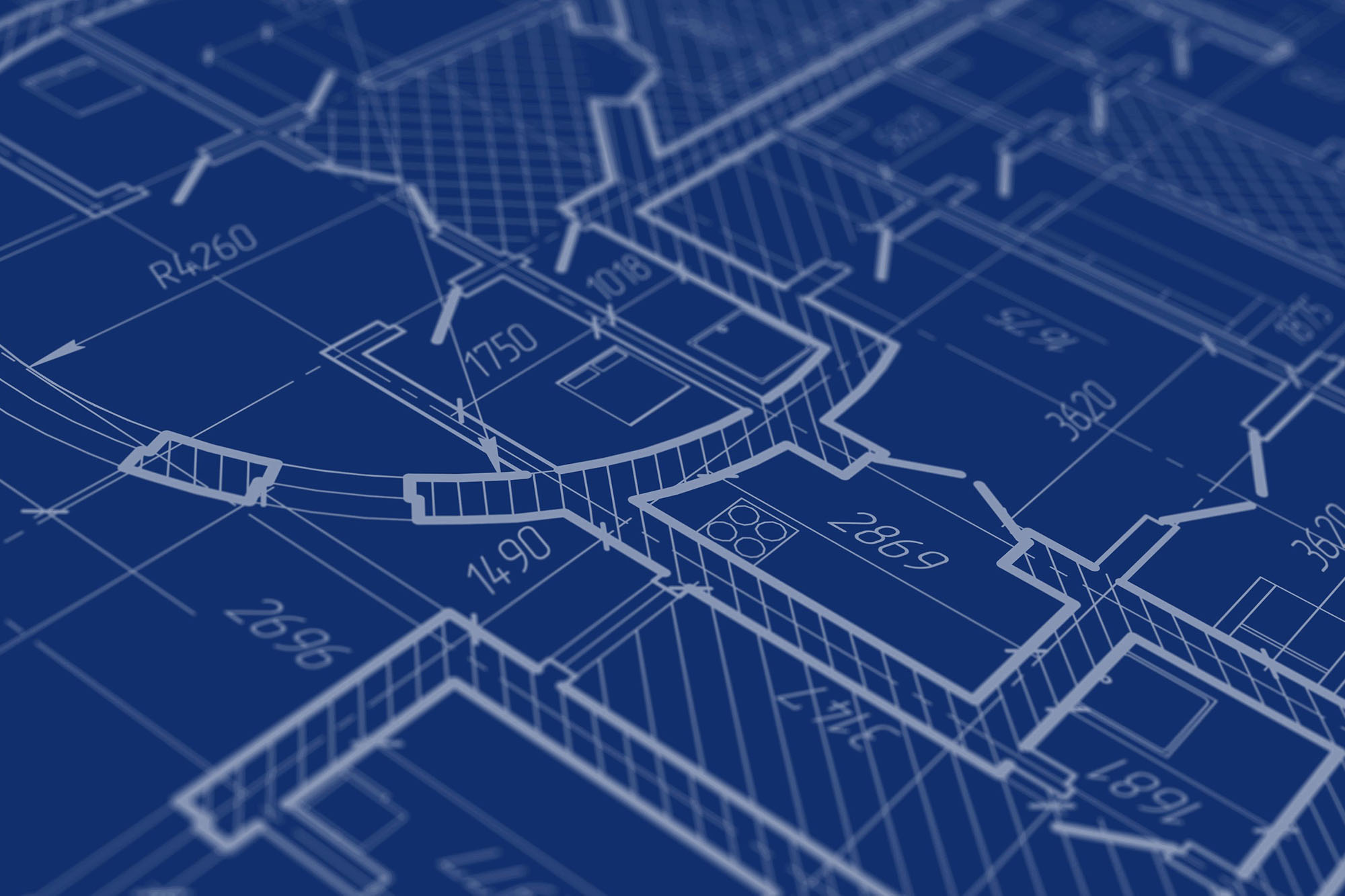The Medi-Cal behavioral health system today is highly fragmented. Medi-Cal enrollees must navigate three separate systems of care. They get care for serious mental health issues, such as schizophrenia, from one county agency. They are treated for substance use disorders, like alcoholism, often from a different county agency. And they receive treatment for mild-to-moderate mental health conditions, along with any physical conditions like diabetes, through their managed care plan. These divisions, and the different rules for payment and documentation surrounding them, make it difficult for patients to find the care they need, and for providers to respond in a patient-centered way.
CalAIM offers an opportunity to create a more cohesive and integrated behavioral health care system overall. CalAIM strives to improve Medi-Cal’s behavioral health system in the following ways:
- Clarifying the division of responsibility for mental health services between managed care plans and county mental health plans and smoothing payment to ensure that patients can get treatment wherever they seek care — even before they receive a formal diagnosis
- Providing high-touch care coordination for people with serious mental illness or substance use disorder through CalAIM’s Enhanced Care Management benefit
- Introducing a reimbursement system for behavioral health services based on the type of care provided, rather than the cost of the care, similar to reimbursement in the physical health system
- Streamlining clinical documentation requirements for specialty mental health and substance use disorder treatment services, with the goal of reducing administrative burden and supporting clinicians to focus more on patient care
- Facilitating the integration of specialty mental health and substance use services at the county level into one behavioral health managed care program
- Introducing a new benefit — contingency management — for people with stimulant use disorder



















